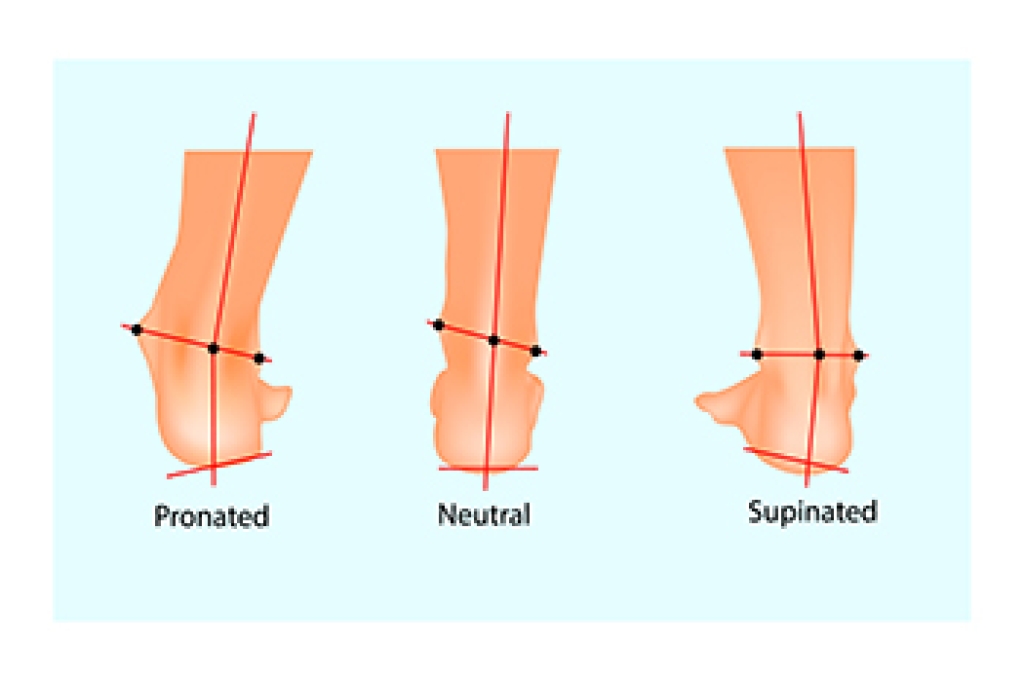
Pronation is the natural motion your foot makes as it rolls inward when walking or running, helping to absorb shock and distribute weight evenly. In neutral pronation, the heel strikes the ground first, the arch lowers slightly to cushion impact, and weight is smoothly transferred forward to push off the toes. This balanced motion keeps the feet and ankles aligned, supporting efficient movement. When overpronation occurs, the foot rolls too far inward, often placing excess strain on the arch, heel, and big toe. This can lead to plantar fasciitis or arch pain. Underpronation, also called supination, means the foot rolls outward with each step. This can increase stress on the smaller toes and outer edge of the foot. Both abnormal patterns may contribute to ankle instability, repetitive injuries, or uneven wear on the feet. A podiatrist can evaluate your gait, identify pronation issues, and recommend proper treatment. If you are experiencing foot pain that may be linked to your gait, it is suggested that you make an appointment with a podiatrist for a diagnosis and treatment.
If you have any concerns about your feet, contact one of our podiatrists from Premier Ankle & Foot Specialists. Our doctors can provide the care you need to keep you pain-free and on your feet.
Biomechanics in Podiatry
Podiatric biomechanics is a particular sector of specialty podiatry with licensed practitioners who are trained to diagnose and treat conditions affecting the foot, ankle and lower leg. Biomechanics deals with the forces that act against the body, causing an interference with the biological structures. It focuses on the movement of the ankle, the foot and the forces that interact with them.
A History of Biomechanics
- Biomechanics dates back to the BC era in Egypt where evidence of professional foot care has been recorded.
- In 1974, biomechanics gained a higher profile from the studies of Merton Root, who claimed that by changing or controlling the forces between the ankle and the foot, corrections or conditions could be implemented to gain strength and coordination in the area.
Modern technological improvements are based on past theories and therapeutic processes that provide a better understanding of podiatric concepts for biomechanics. Computers can provide accurate information about the forces and patterns of the feet and lower legs.
Understanding biomechanics of the feet can help improve and eliminate pain, stopping further stress to the foot.
If you have any questions please feel free to contact our offices located in South York, West York, and East York, PA . We offer the newest diagnostic and treatment technologies for all your foot and ankle needs.
